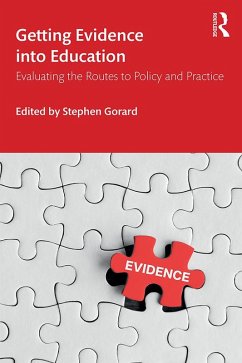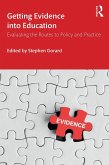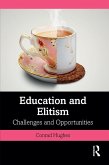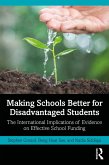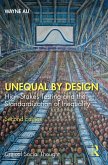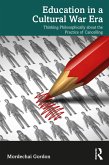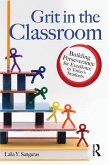Containing a variety of case studies, from evidence-based policies for early childhood education in Brazil, to the use of evidence on contextualized admissions to Scottish universities, the volume explores a variety of different ways to approach the problem, addressing the questions:
- What is the existing evidence on different approaches to getting research evidence into use?
- What are the factors which influence the uptake of high-quality research evidence by policy or practice?
- Which are the most effective pathways for evidence-into-use in particular contexts?
Considering both the practical and ethical implications, the book builds towards key recommendations for the research community, practitioner bodies and policy-makers and advisors, directing them on how to communicate better with each other for the benefit of everyone.
Dieser Download kann aus rechtlichen Gründen nur mit Rechnungsadresse in A, B, BG, CY, CZ, D, DK, EW, E, FIN, F, GR, HR, H, IRL, I, LT, L, LR, M, NL, PL, P, R, S, SLO, SK ausgeliefert werden.

